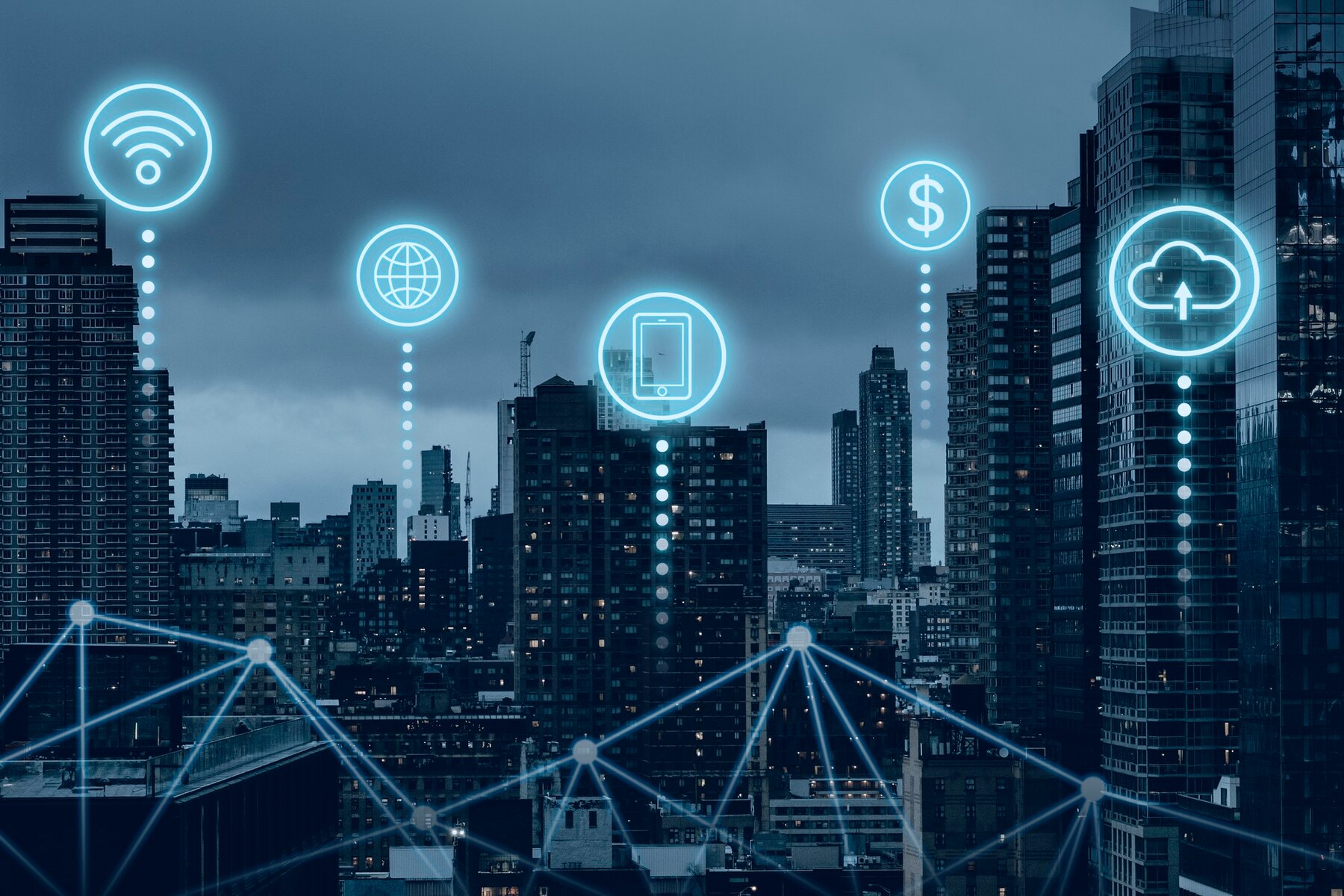© Copyright Selarastech 2022 - All Rights Reserved

The Internet of Things (IoT) refers to a network of physical devices connected to the internet that can communicate and exchange data with each other. These devices can include anything equipped with sensors, software, and the capability to collect and transmit data. IoT technology has rapidly evolved, finding applications across nearly every aspect of life—from smart homes to large-scale industrial use cases.
UNDERSTANDING IoT
IoT refers to physical objects connected to the internet that can communicate and exchange data. These devices are typically equipped with sensors, hardware, and software that enable them to capture, send, and process data. Examples range from household appliances (e.g., smart refrigerators or lighting systems) and healthcare devices (e.g., heart rate monitors) to industrial machinery (e.g., robots or sensors in factories).
KEY COMPONENTS of IoT
The IoT ecosystem comprises several critical components that enable devices to function effectively:
a) IoT Devices --> Physical objects equipped with sensors and hardware to collect and transmit data.
b) Networking and Connectivity --> Networks connect IoT devices to the internet, enabling communication between them. Common technologies include Wi-Fi, Bluetooth, Zigbee, and even Private 5G for industrial applications.
c) Data and Processing --> Data collected by IoT devices is transmitted to servers or cloud platforms for analysis using AI and machine learning algorithms.
d) IoT Platforms and Applications --> These platforms manage IoT devices, collect data, and apply analytics to generate actionable insights.
a) Consumer IoT --> Devices for personal and household use, such as smartphones, smartwatches, smart refrigerators, thermostats, and home security systems.
b) Industrial IoT (IIoT) --> Utilized in industries like manufacturing, energy, agriculture, and logistics to optimize operations, prevent equipment failures through predictive maintenance, and improve productivity.
c) Healthcare IoT --> Includes medical devices like heart rate monitors and glucose meters that enable real-time remote monitoring of patient health.
d) Smart Cities --> IoT solutions for traffic management, air quality monitoring, efficient street lighting, and waste management to enhance urban living.
a) Smart Homes --> IoT enables remote control of household devices via smartphone apps, such as automated temperature settings, intelligent security systems, and smart lighting.
b) Autonomous Vehicles --> IoT supports autonomous cars by integrating sensors and navigation systems that provide real-time data for self-driving.
c) Industry 4.0 --> IoT plays a pivotal role in the industrial revolution, where machines and sensors communicate to optimize production, reduce downtime, and enhance supply chain efficiency.
d) Smart Farming --> IoT devices monitor soil, crops, and livestock conditions, manage irrigation systems, and predict yields using sensor data.
e) Healthcare --> IoT facilitates real-time patient monitoring, assisting healthcare professionals in making quicker and more accurate decisions.
a) Efficiency --> Automating tasks and streamlining operations, both at home and in industries.
b) Real-Time Monitoring --> Enables immediate response to changes in equipment, health conditions, or environmental factors.
c) Cost Savings --> Reduces operational expenses through optimized resource usage and predictive maintenance.
d) Enhanced User Experience --> Provides convenience and interconnectivity, improving experiences in smart homes, vehicles, and other areas.
a) Security and Privacy --> Protecting devices and data from breaches is a significant concern, as IoT vulnerabilities can lead to hacking and data theft.
b) Interoperability --> Diverse IoT devices often use incompatible protocols, complicating system integration.
c) Data Management --> Handling and processing massive volumes of data generated by IoT devices efficiently is a key challenge.
d) Energy Consumption --> Continuous operation of IoT devices demands significant power, making energy efficiency crucial.
IoT is poised for continued growth with advancements in 5G, AI, and blockchain technologies. These innovations will enable more sophisticated applications, improved interoperability, and enhanced data security. The convergence of IoT with these technologies will create smarter, more efficient, and secure systems across industries, healthcare, households, and more.
As IoT adoption expands, we can expect transformative innovations that redefine how we live, work, and interact with the world.
IoT is not merely a technological trend—it is a catalyst for global innovation and progress. Its impact is evident in sectors ranging from smart homes to industrial manufacturing and healthcare, shaping a connected and efficient future.